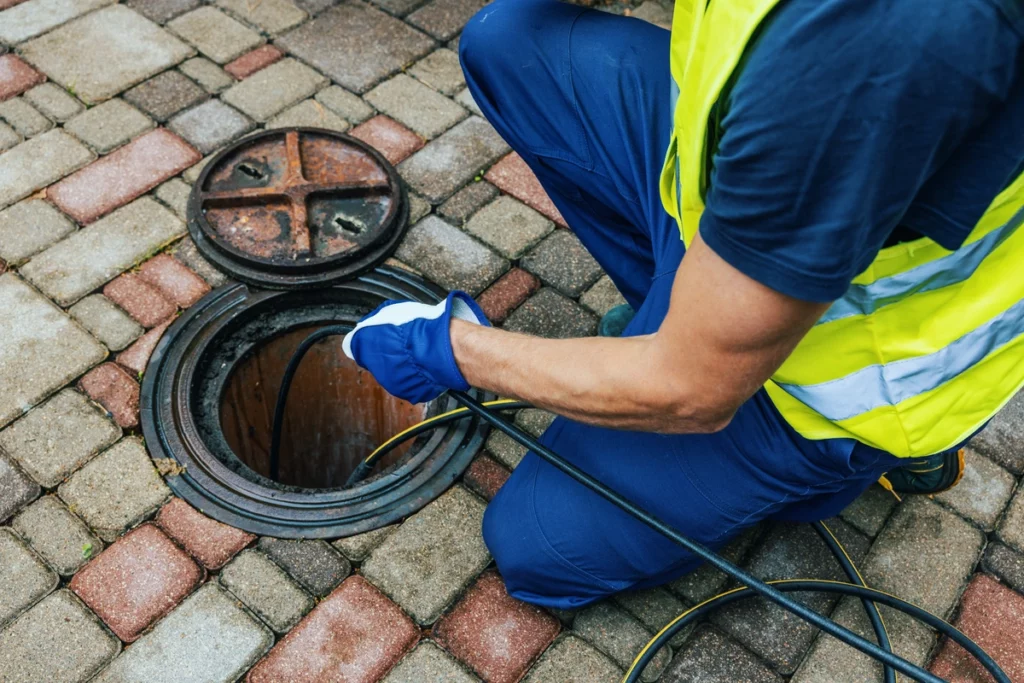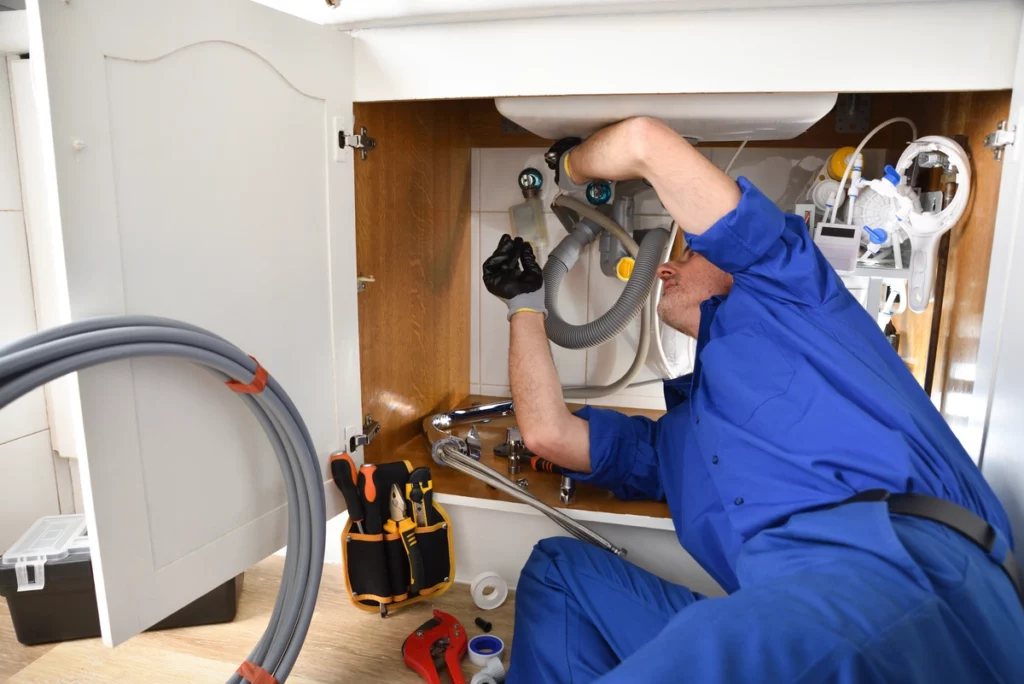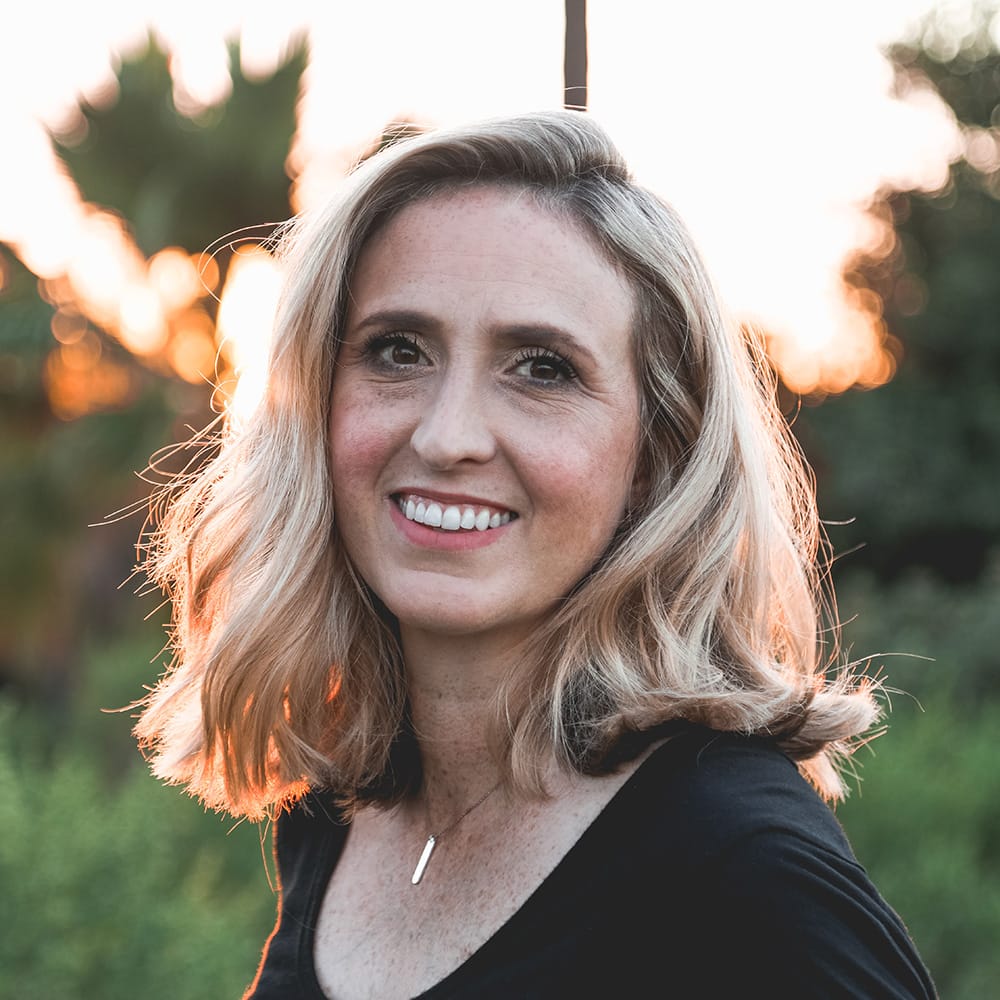A basement can serve as a valuable extension of your living space, providing extra storage or even a cozy family room. However, when a basement leak strikes, it can quickly turn this useful space into a soggy, costly nightmare.
You’ve come to the right place to get help! We’ll help you understand:
- The signs of a basement leak
- How to locate the source
- Leaking basement repair steps
If you’re ready to deal with your leaking basement once and for all, keep reading!
Signs of a Basement Leak
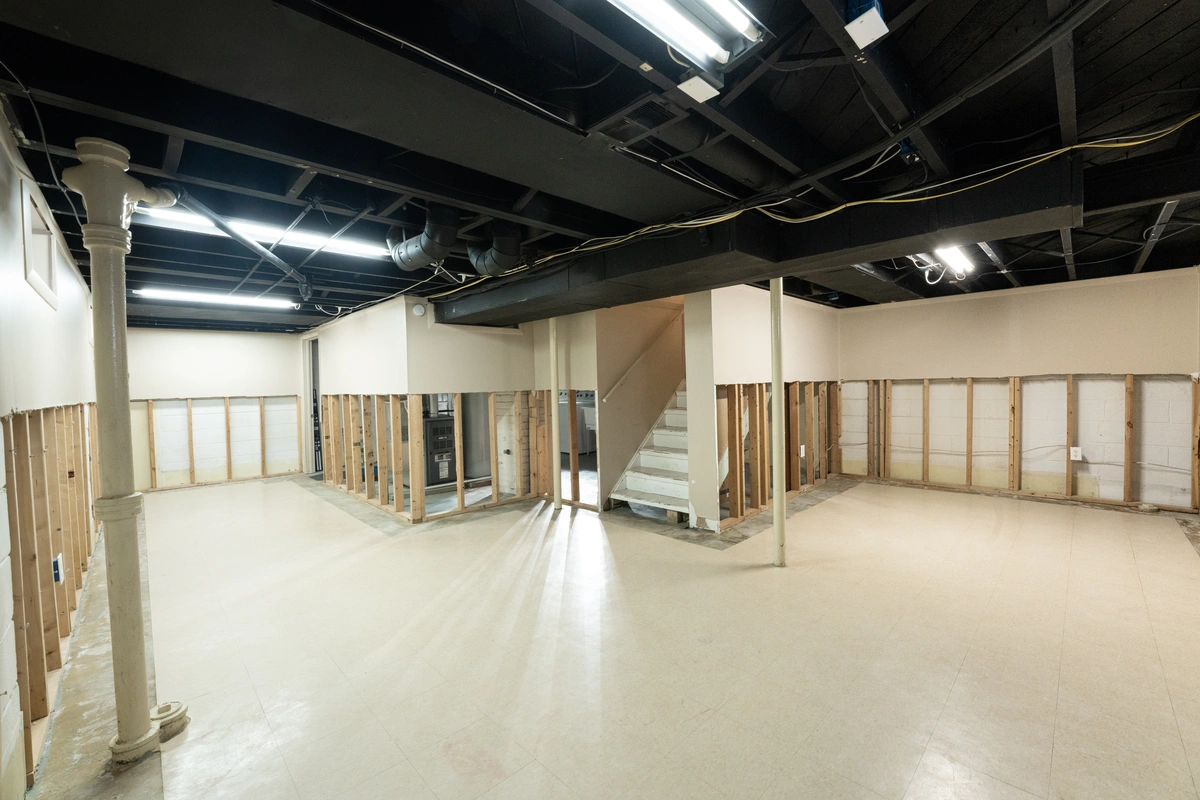
Detecting a basement leak early is essential to prevent further damage to your home and belongings. Here are some common signs that may indicate you have a basement leak:
1. Damp or Musty Odor
If you notice a persistent damp or musty smell in your basement, it’s a strong indicator that moisture is present. Mold and mildew thrive in damp environments and can cause health issues and structural damage if left untreated.
2. Visible Water Stains
Water stains on the walls or ceiling of your basement are a clear sign of water infiltration. These stains may be discolored, and their size can vary depending on the severity of the leak.
3. Efflorescence
Efflorescence is a white, chalky substance that forms on concrete surfaces when water evaporates, leaving behind mineral deposits. If you see efflorescence on your basement walls or floor, it indicates that moisture is penetrating the concrete.
4. Peeling Paint or Wallpaper
Excess moisture can cause paint and wallpaper to peel or bubble. If you notice these issues in your basement, it’s likely due to a basement leak.
5. Cracks in the Walls or Floor
Cracks in your basement walls or floor can provide an entry point for water. Inspect these areas for cracks, especially after heavy rainfall.
6. Puddles or Standing Water
The most obvious sign of a basement leak is the presence of puddles or standing water on the floor. If you find water, it’s important to act quickly to prevent further damage.
Locating the Source of a Leak
Once you’ve identified the signs of a basement leak, the next step is to pinpoint the source of the problem. Locating the source is essential for effective repairs. Here’s how to do it:
1. Inspect the Exterior
Start by examining the exterior of your home. Look for any signs of water pooling near the foundation, clogged gutters, or downspouts that are not directing water away from the house. Ensure that the ground slopes away from the foundation to prevent water from flowing toward the basement.
2. Check for Cracks or Holes
Inspect the basement walls and floor for visible cracks, holes, or gaps where water could enter. Pay close attention to corners and joints.
3. Test Window Wells and Seals
Basement windows and their wells can be vulnerable to leaks. Check for gaps or damaged seals around windows and ensure that window wells are properly draining.
4. Examine Plumbing and Utility Penetrations
Inspect areas where pipes, conduits, or utility lines enter the basement. These openings can be entry points for water if not properly sealed.
5. Monitor Sump Pump and Drainage Systems
If you have a sump pump or interior drainage system, make sure they are functioning correctly. A malfunctioning sump pump can lead to flooding, while a blocked drainage system may cause water to back up into your basement.
6. Conduct a Water Test
If the source of the leak remains elusive, you can perform a water test. Start by thoroughly drying the basement floor and walls. Then, tape a plastic sheet securely to the floor and walls. After a day or two, check for moisture or condensation under the plastic, which can help you identify the problem area.
8 Steps to Take When You Find a Leak
Once you’ve located the source of the basement leak, it’s time to take action to repair and prevent future issues. Follow these steps to address the problem effectively:
1. Fix Exterior Issues
If the leak is caused by external factors, such as poor drainage or foundation cracks, address these issues promptly. Repair any damaged downspouts or gutters, improve grading around your home, and seal foundation cracks using appropriate waterproofing materials.
2. Seal Basement Cracks
For cracks in the walls or floor, use a waterproofing epoxy or polyurethane injection to seal them. These products effectively block water infiltration and prevent further damage. Follow the manufacturer’s instructions for proper application.
3. Waterproof the Interior
Consider applying a waterproofing paint or membrane to the interior walls and floor to create an additional barrier against moisture. Be sure to choose a product suitable for your specific basement conditions.
4. Replace Damaged Materials
If you’ve had water damage to drywall, insulation, or other materials, it’s essential to replace them to prevent mold growth and structural issues. Be sure to let the affected areas thoroughly dry before beginning repairs.
5. Improve Ventilation and Dehumidification
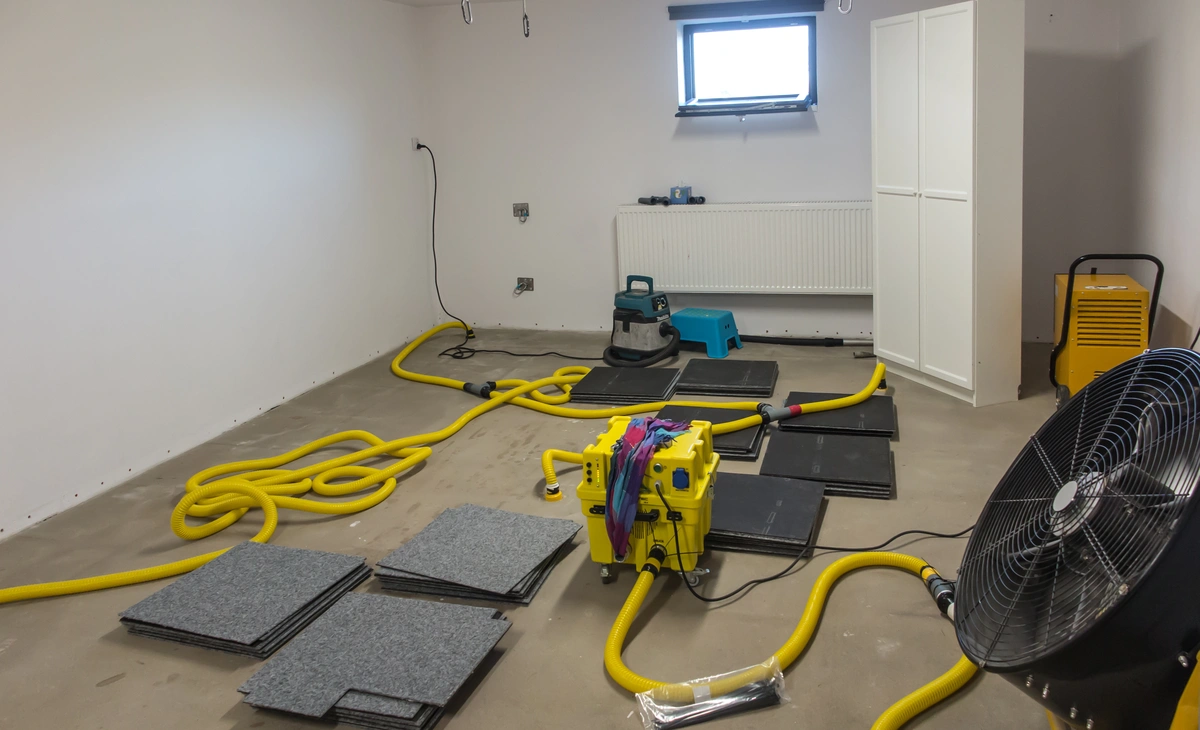
To prevent future moisture issues, ensure that your basement is adequately ventilated and invest in a dehumidifier to maintain optimal humidity levels. Good ventilation helps reduce humidity, while a dehumidifier removes excess moisture from the air.
6. Monitor Regularly
After making repairs, continue to monitor your basement for any signs of moisture or leaks. Regular inspections will help you catch and address any issues early, preventing further damage.
7. Consult Professionals
If the leak is extensive, persistent, or beyond your DIY capabilities, it’s advisable to consult a professional waterproofing contractor or structural engineer. They can assess the situation, provide expert guidance, and recommend the most appropriate and long-lasting solutions.
8. Consider Insurance Coverage
Review your homeowner’s insurance policy to see if it covers basement leaks and water damage. If applicable, file a claim to help cover the cost of repairs and restoration.
Get Help With Your Leaky Basement
Dealing with a basement leak can be a challenging and stressful situation, but with the right knowledge and proactive approach, you can protect your home from further damage and ensure a dry, safe basement. Remember that early detection and timely action are key to minimizing the impact of basement leaks on your property and your wallet. And when it comes to finding workable solutions for your home, AJ Alberts Plumbing is here to help! Contact us today to set up your appointment!



